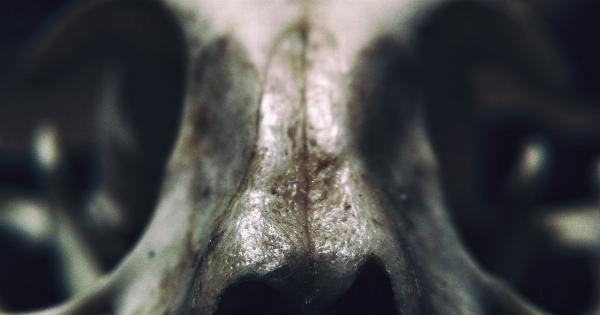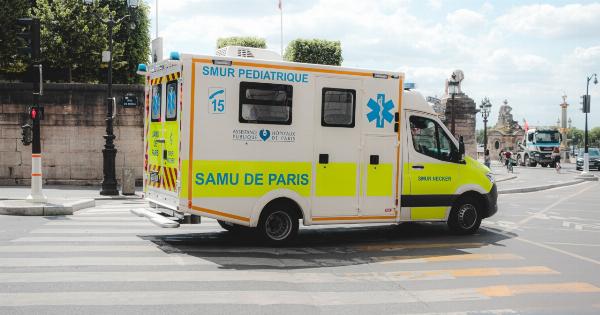Sleeping and dreaming are essential activities that help maintain overall health and well-being. Both activities are interconnected, and they happen in specific sleep stages.
But when do we sleep more, and when do we dream more? In this article, we will explore the different sleep stages, their durations, and the corresponding dreams that accompany them.
: The Different Sleep Stages
There are four distinct stages of sleep, which are categorized into two groups: Non-REM (NREM) sleep and REM sleep. NREM sleep has three stages, while REM sleep is the fourth stage of sleep.
: NREM Sleep
The three stages of NREM sleep are as follows:.
: Stage 1
This is the transition stage from being awake to falling asleep. The duration of this stage is usually between 5-10 minutes. During this stage, our brain activity slows down, and our muscles begin to relax.
At this stage, we may experience sudden twitches, and we may feel like we are falling. There is no dream activity during this stage.
: Stage 2
This stage is characterized by a deeper level of sleep. The duration of this stage is about 20 minutes. During this stage, our heart rate and body temperature decrease, and our brain waves become slower.
It is during this stage that we spend most of our sleep, and our brain activities during this stage help consolidate memory and learning. There is no dream activity during this stage.
: Stage 3
This stage is also known as the deep sleep stage, and it is the most restorative stage of sleep. The duration of this stage is about 30 minutes. During this stage, our brain waves become even slower, and it is challenging to wake up someone.
It is during this stage that the body repairs and regenerates tissues and muscles. There is no dream activity during this stage.
: REM Sleep
The REM stage of sleep is characterized by rapid eye movements and increased brain activity. During this stage, our muscles are paralyzed, and we have vivid dreams. The duration of REM sleep varies from one person to another.
On average, REM sleep lasts for about 90-120 minutes every night, starting 90 minutes after we fall asleep. Melatonin, the sleep hormone, is the lowest during this stage of sleep.
: When Do We Sleep More
We tend to sleep more during the first two stages of Non-REM sleep, which is the transition stage (Stage 1) and the deeper level of sleep (Stage 2). During these stages, our body is relaxed and comfortable, and there is no dream activity to distract us.
Most people spend over 50% of their sleep time in stage 2 of NREM sleep. The deep sleep stage (Stage 3) usually takes up about 20% of the total sleep time, and the REM stage of sleep takes up the remaining 20-25% of our sleep time.
: When Do We Dream More
We dream the most during the REM stage of sleep. During this stage, our brain activity is highest, and our muscles are paralyzed. It is during this stage that we have the most vivid dreams, and our dream activities are more memorable.
Even though most of our sleep time is spent in the first two stages of NREM sleep, we tend to remember our dreams more vividly, and it feels like we dream more often than we actually do.
: Conclusion
Sleep is critical for overall health and well-being, and dreaming is an essential component of our sleep cycle.
Understanding the different sleep stages and their corresponding dreams can help us improve our sleep quality and gain a better understanding of our dreams. We tend to sleep more during the first two stages of NREM sleep, while we dream the most during the REM stage of sleep.





























